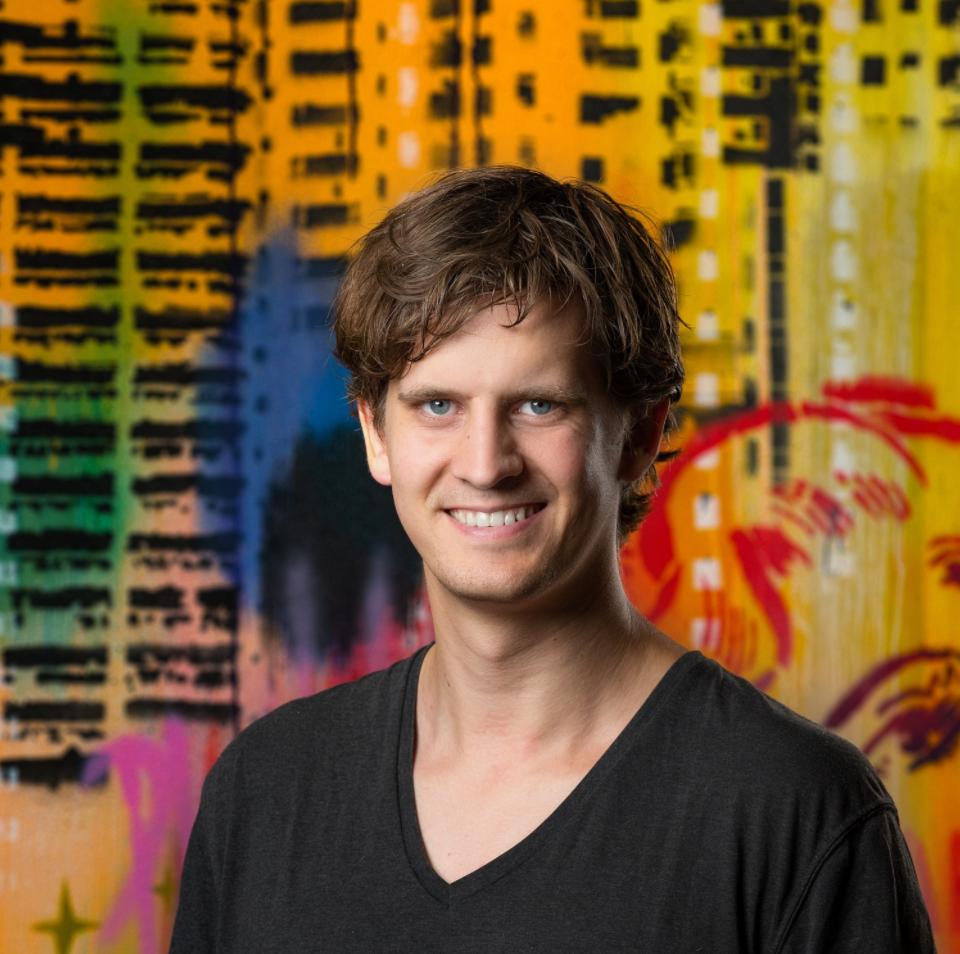

I believe in collaborative software design where ‘every voice shapes the software’. Leveraging a domain-driven design approach with Team Topologies, I facilitate clearer communication between stakeholders and software creators by collaborative modelling and deep democracy, decoding complexities, resolving conflicts and ensuring software remains agile to business demands.
In my roles as an independent software consultant, tech lead, and software architect, I catalyse organisations and teams towards designing and building sustainable and resilient software architectures.



